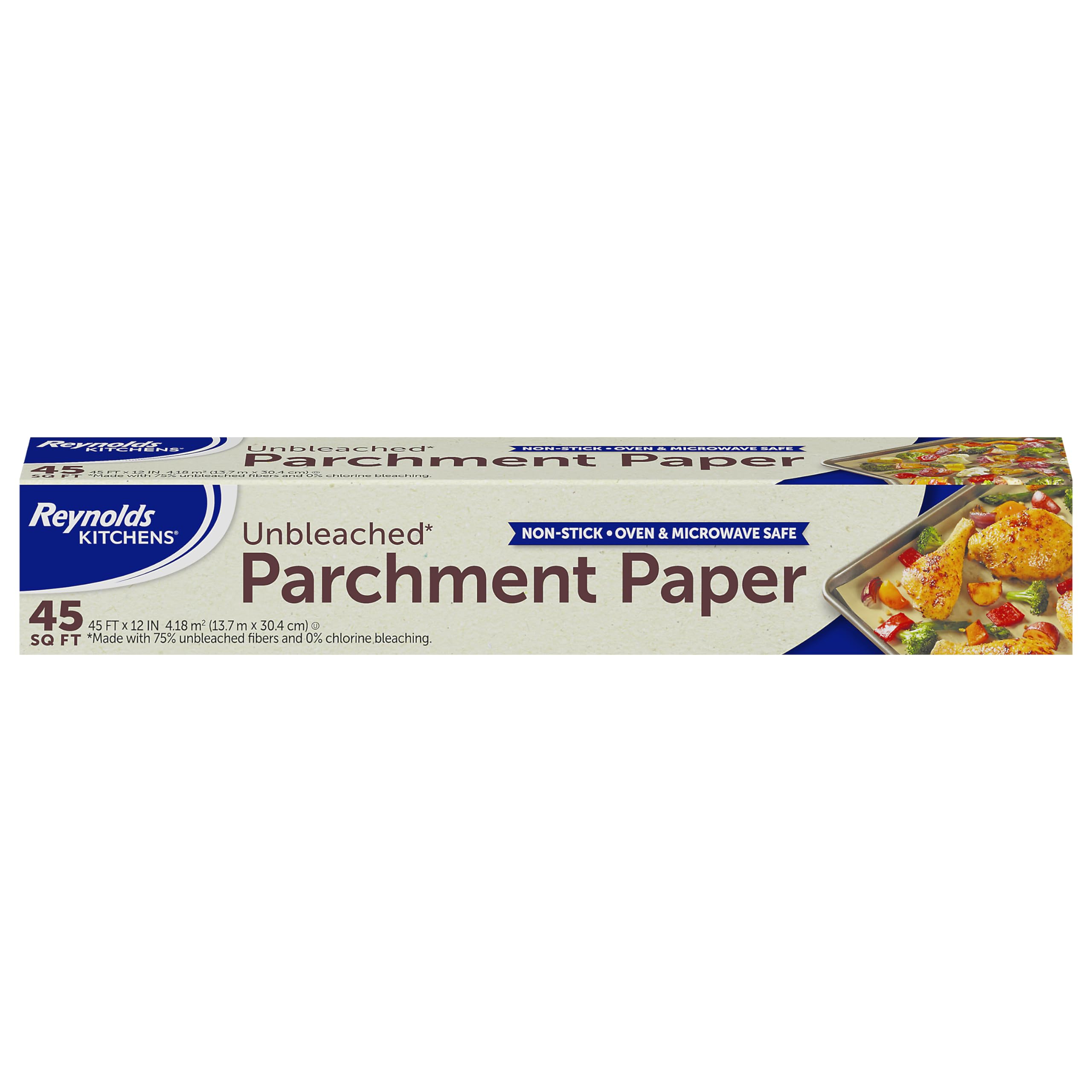
There’s something magical about the smell of freshly baked bread wafting through the house. This easy homemade ciabatta recipe—it’s like a warm hug in bread form, ready to transform any meal into a cozy affair. I remember the first time I made it; I was mesmerized by the transformation of simple ingredients into a crusty, airy loaf that was perfect for mopping up soups or making the ultimate sandwich.
Cookbook Inspiration
Gather these essential tools to ensure your homemade ciabatta bread turns out perfectly every time.
Steps
- Prepare the Preferment (Biga): Combine bread flour and yeast in a bowl. Add room-temperature water and mix until combined. Cover the bowl with plastic wrap and let it sit at room temperature for 8 to 24 hours.
- Make the Dough: In a separate bowl, mix yeast with warm water and let it sit until dissolved. Add the prepared biga, flour, and salt. Mix until the dough is sticky and uniform, using a spatula or dough hook.
- First Rest and Stretch-and-Fold: Allow the dough to rest for 30 minutes. With oiled hands or an oiled spatula, stretch and fold the dough by lifting and folding it over itself, repeating this process around the bowl.
- Repeat Stretch-and-Fold: Perform the stretch-and-fold three more times, allowing the dough to rest for 30 minutes between each session.
- Refrigeration: After the final stretch-and-fold, cover the dough and refrigerate it for at least 1 hour or up to 24 hours.
- Shape the Rolls/Bread: Generously flour your work surface. Gently scrape the dough onto the floured surface and shape it into a rectangle. Cut it into 8 rolls or 2 loaves using a floured bench scraper.
- Proof the Dough: Place the shaped dough on floured parchment paper and cover it with a towel. Let it rest at room temperature for 1 hour.
- Preheat the Oven: Preheat the oven to 450°F (232°C) with a baking sheet inside. Scatter ice cubes in a pan to create steam.
- Bake the Bread: Quickly transfer the dough on parchment to the preheated baking sheet. Place the ice-filled pan at the bottom of the oven. Bake for 20 to 25 minutes until golden brown.
- Cool Before Slicing: Allow the bread to cool for at least 45 minutes before slicing to ensure the interior sets properly.

Ingredients
- 1 cup (130g) bread flour
- 1/8 teaspoon active-dry or instant yeast
- 1/2 cup (120g/ml) room-temperature water (about 70°F or 21°C)
- 1 teaspoon (3g) active-dry or instant yeast
- 1 cup (240g/ml) warm water (about 100-110°F or 38-43°C)
- 2 and 1/2 cups (325g) bread flour, plus more as needed
- 1 and 1/2 teaspoons (8g) table salt
- Olive oil, as needed for coating hands and spatula
FAQ
- Can I add herbs to ciabatta bread for extra flavor?
- Yes, you can enhance the flavor of your ciabatta by adding fresh or dried herbs. Rosemary, along with a touch of garlic, works especially well. Simply add 2 and 1/2 teaspoons of fresh chopped rosemary or 1 teaspoon of dried rosemary, plus 2 minced garlic cloves when you add the salt.
- Is it possible to bake ciabatta on a pizza stone?
- Absolutely! To use a pizza stone, preheat it in the oven. When ready to bake, place the shaped dough directly onto your preheated pizza stone and follow the baking instructions.
- Can I make focaccia using this ciabatta dough?
- Yes, you can transform this dough into focaccia. After completing the initial steps, transfer the dough to a well-greased 9×13-inch baking pan, coat it in olive oil, and stretch it to fit the pan. If the dough resists stretching, let it rest for a few minutes before continuing.
- Can I substitute a sourdough starter for yeast in this recipe?
- To use only a sourdough starter, you might want to look for a sourdough-specific ciabatta recipe. However, you can combine your starter with yeast by replacing some flour and water with 100g of active sourdough starter, while following the rest of the recipe as directed.
Tips
- Use a Kitchen Scale: For the best results, measure your ingredients by weight rather than volume. This ensures precision and helps maintain the dough’s necessary wetness and stickiness, which is essential for the perfect ciabatta texture.
- Master the Stretch-and-Fold Technique: Since ciabatta dough is highly hydrated and sticky, traditional kneading won’t work. Instead, use the “stretch and fold” method to build the dough’s strength and structure without overworking it.
- Create Steam for a Crispy Crust: To achieve ciabatta’s signature crust, generate steam in your oven by placing a pan with ice cubes on the lower rack while baking. The steam helps the dough to expand and develop a crispy exterior.
- Allow Adequate Cooling Time: After baking, let your ciabatta cool for at least 45 minutes. This step is crucial to ensure the interior sets properly and doesn’t end up with a gummy texture when sliced.
Equipment









